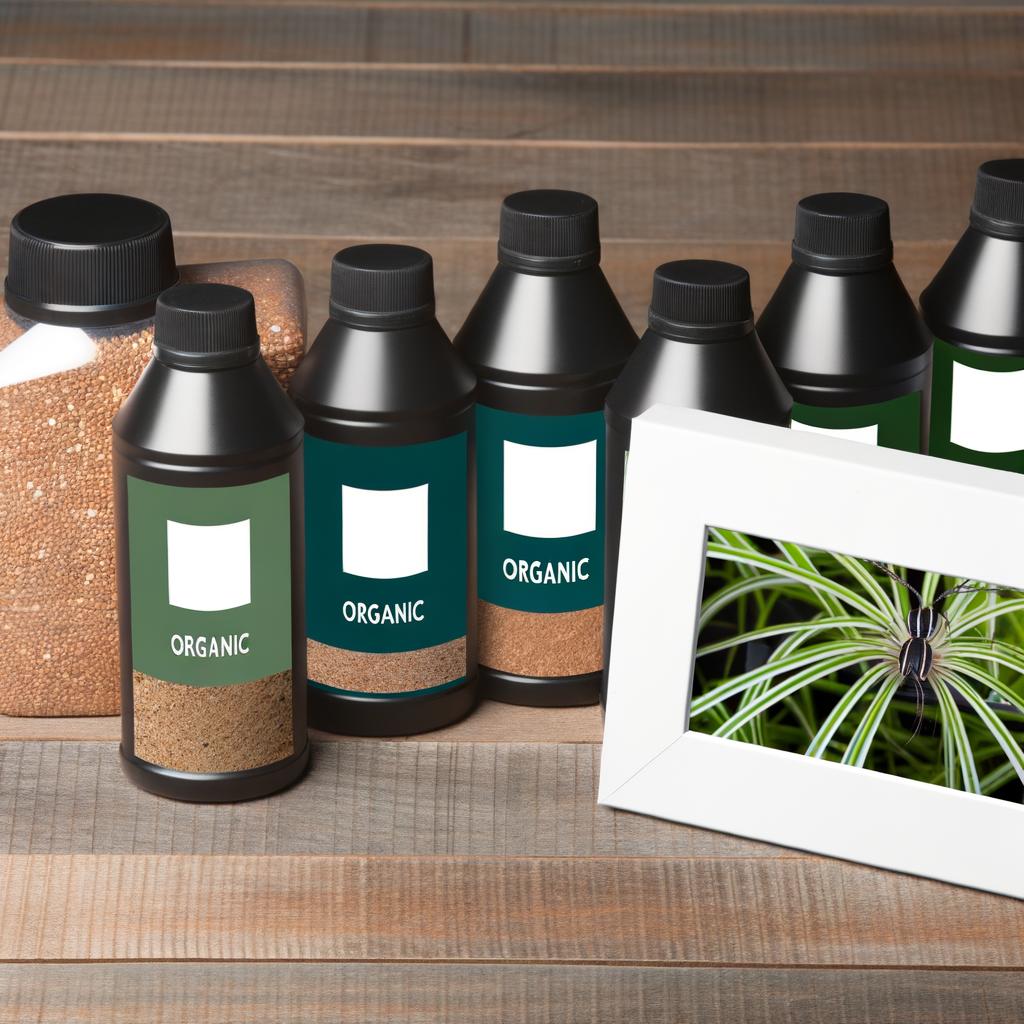Proper fertilization is key to keeping your spider plant healthy and vibrant. Learn about the best fertilizers, when to apply them, and how to avoid common feeding mistakes.

Spider Plant Fertilizer: Complete Feeding Guide
Feed your spider plant right with our complete fertilizer guide. Learn what, when, and how much to fertilize for optimal growth and health.
Why Spider Plants Need Fertilizer
While spider plants are known for their hardiness, they still need proper nutrition to thrive. Fertilizer provides essential nutrients that potting soil alone cannot supply, especially as the plant grows and the soil becomes depleted.
Best Fertilizer Types for Spider Plants
Spider plants respond well to balanced, water-soluble fertilizers. The ideal NPK ratio is 10-10-10 or 20-20-20, providing equal parts nitrogen, phosphorus, and potassium.
Recommended Fertilizer Options:
- • Balanced water-soluble fertilizer (10-10-10 or 20-20-20)
- • Organic fish emulsion (5-1-1 ratio)
- • Liquid seaweed extract
- • Slow-release granular fertilizer
When to Fertilize Spider Plants
Spider plants have distinct growing seasons that determine their fertilizer needs. Understanding these cycles helps provide the right nutrients at the right time.
Fertilizing Schedule:
- • Spring (March-May): Begin fertilizing every 2-3 weeks
- • Summer (June-August): Continue every 2-3 weeks
- • Fall (September-November): Reduce to monthly
- • Winter (December-February): Stop fertilizing
How Much Fertilizer to Use
Spider plants are sensitive to over-fertilization, which can cause leaf burn and root damage. Always dilute fertilizer to half the recommended strength for best results.
Application Guidelines:
- • Use half-strength fertilizer solution
- • Apply to moist soil, never dry
- • Water thoroughly after fertilizing
- • Avoid getting fertilizer on leaves
Signs of Nutrient Deficiency
Spider plants show clear signs when they're not getting enough nutrients. Recognizing these symptoms helps you adjust your fertilizing routine accordingly.
Deficiency Symptoms:
- • Nitrogen: Pale green or yellow leaves
- • Phosphorus: Slow growth, dark green leaves
- • Potassium: Brown leaf edges, weak stems
- • Iron: Yellow leaves with green veins
If your plant has stopped growing due to nutrient issues, see our not growing troubleshooting guide for comprehensive solutions.
Organic vs Synthetic Fertilizers
Both organic and synthetic fertilizers can work well for spider plants. Organic options provide slow-release nutrients and improve soil health, while synthetic fertilizers offer precise nutrient control.
Fertilizer Comparison:
- • Organic: Fish emulsion, compost tea, worm castings
- • Synthetic: Miracle-Gro, Peters, Dyna-Gro
- • Hybrid: Slow-release granules with organic matter
Common Fertilizing Mistakes to Avoid
Even experienced gardeners make fertilizing mistakes. Understanding what not to do helps prevent damage and ensures your spider plant gets the right nutrition.
Mistakes to Avoid:
- • Fertilizing newly repotted plants (wait 4-6 weeks)
- • Using full-strength fertilizer
- • Fertilizing during winter dormancy
- • Applying to dry soil
- • Getting fertilizer on leaves
Fertilizing Your Spider Plant Successfully
Proper fertilization is key to growing healthy, vibrant spider plants. Remember to use half-strength fertilizer during the growing season, avoid winter feeding, and always water thoroughly after application. With the right feeding schedule, your spider plant will reward you with lush growth and beautiful spiderettes.